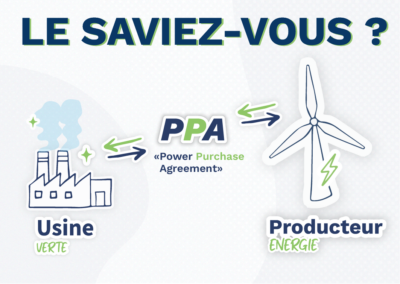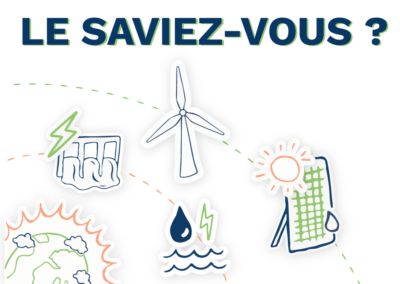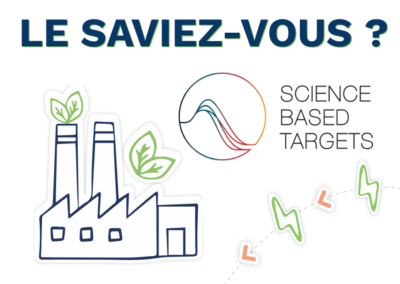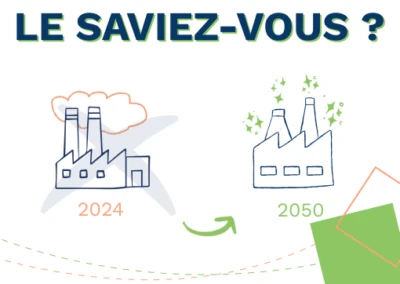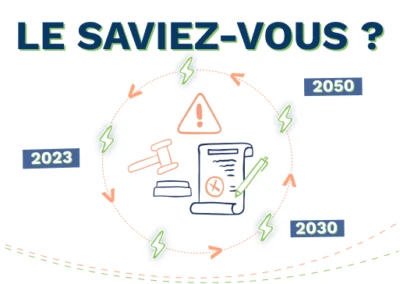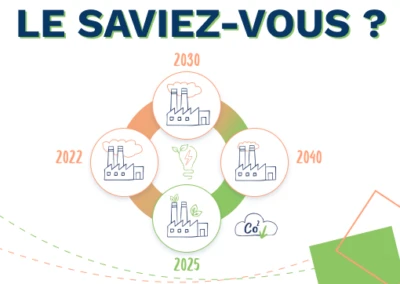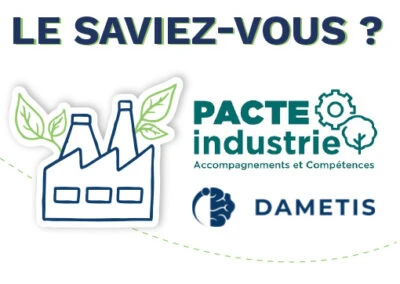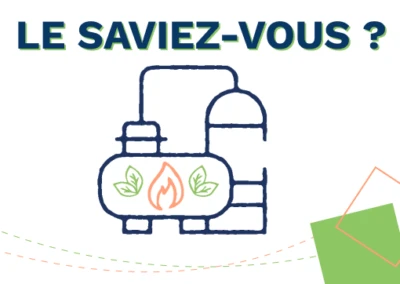
France struggles to reduce its greenhouse gas emissions
Measures taken by France
The initiatives taken by France are expected to have a positive impact on its long-term emissions, provided that the country continues to invest in sustainable and low-carbon solutions.
France also includes programs to promote the development of renewable energies, such as wind and solar power, and to improve transportation efficiency. Greenhouse gas emission reductions will also be supported by mitigation measures, such as forest improvement, land management, and soil fertility maintenance.
To offset its nuclear fleet and transportation challenges, France is increasingly turning to fossil fuels. Therefore, the country is working hard to reduce its carbon dioxide emissions. Greenhouse gas emissions have almost stagnated (-0.3%) in the first nine months of this year compared to the same period in 2021, according to provisional data from Citepa (the Technical Interprofessional Centre for Air Pollution Studies), the agency responsible for establishing France’s emission inventory.
The industry contributes to the increase in greenhouse gas emissions
These fuels are burned to produce energy, releasing greenhouse gases into the atmosphere.
Other sources of greenhouse gas emissions in the industry include plants that produce chemicals and plants that manufacture products. Production processes, including fuel refining, steel and aluminum production, wastewater treatment, and chemical manufacturing, are also significant sources of greenhouse gas emissions.
However, overall industrial emissions have decreased by 5% (53.9 million tons CO2 equivalent), according to Citepa. This includes a decrease of 2% for chemicals, 5% for agri-food, 11% for ferrous metals, and 4% for non-metallic minerals and construction materials.
CO2 emissions by sector in France
The main sectors emitting greenhouse gases are as follows:
– Transport: cars, trucks, planes, boats,
– Industry: energy production, use of chemical agents, and factories,
– Agriculture: farming practices, livestock,
– Buildings: construction, heating, and air conditioning,
– Waste: landfills, incineration,
– Forestry activities: deforestation and forest fires.
The High Council for the Climate, in its 2021 public report, provides similar orders of magnitude, summarized in this infographic (based on the CITEPA report).
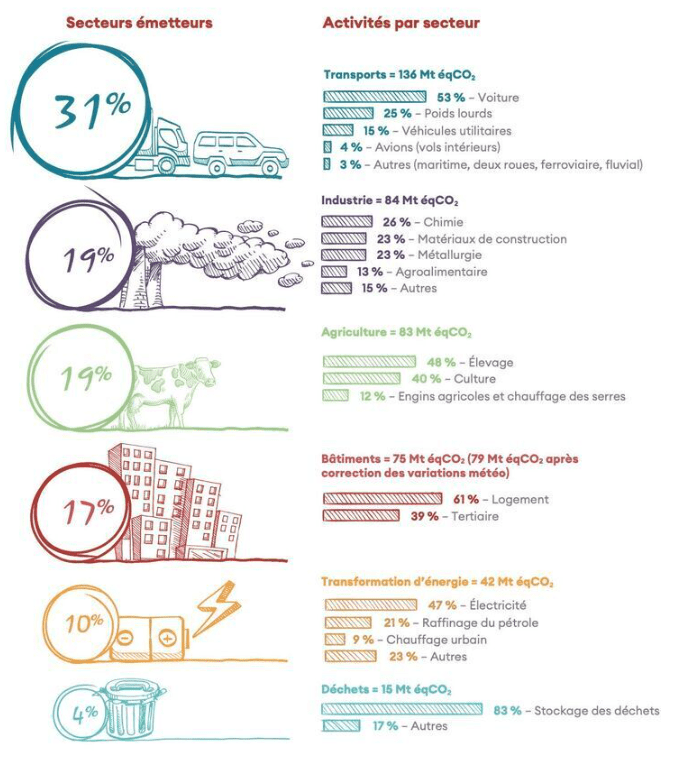
https://youmatter.world/en/co2-emissions-by-sector-world-france/
How to reduce greenhouse gas emissions?
- Making more efficient energy choices by installing renewable energy systems (solar energy, wind energy, geothermal energy, etc.) and energy efficiency technologies.
- Reducing waste and increasing recycling to avoid methane emissions from landfills.
- Making buildings more energy-efficient by using insulating materials, installing energy-efficient equipment, and utilizing renewable energy sources.
- For businesses: adopting more sustainable practices and reducing their greenhouse gas emissions.
- Using more sustainable and fuel-efficient means of transportation, such as cycling, public transportation, or carpooling.
Imagine specialists working 24/7 on optimizing your industrial sites. This is what MyDametis offers you, the only platform designed 100% by environmental performance experts.
Conclusion
According to the government’s roadmap to combat climate change, the National Low Carbon Strategy (SNBC), France must reduce emissions by an average of 16 million tons by 2030, representing a decrease of 4.7%.









